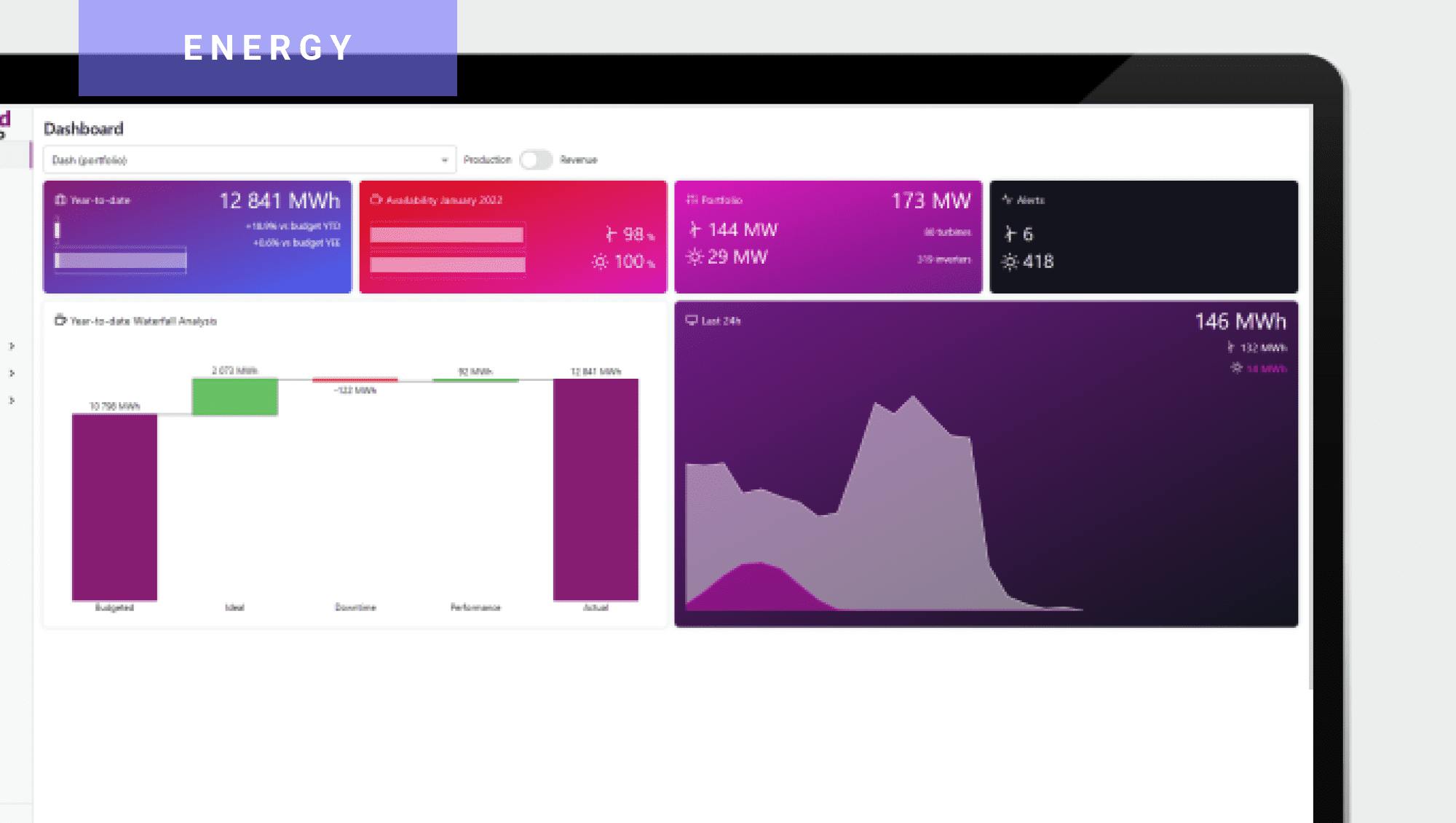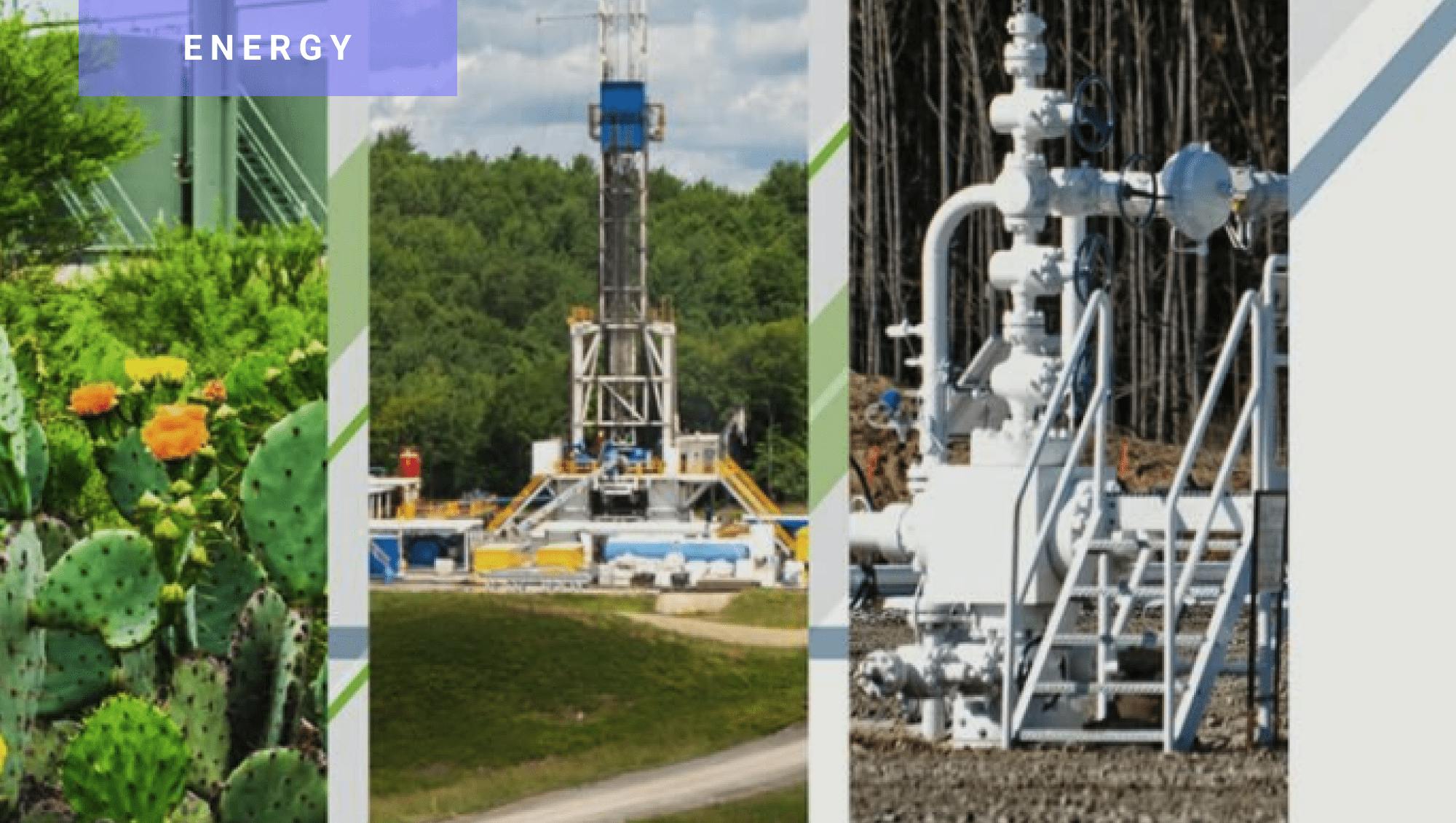
UK Power Networks Utilizes Dash Enterprise and Databricks in Drive to Save Customers More Than £400MM
Industry
Energy & Utilities
Integration
Databricks
Infrastructure
Azure
Summary
- UK Power Networks developed ML-powered models to predict electricity demand peaks and inform network reliability upgrade investment decisions.
- The application used behind-the-scenes machine learning modeling, leveraging Databricks and Dash Enterprise to deliver predictive analytics to a team of electrical engineers and capital investment planners.
- The Decision Sciences team provided solid cost value for customers by setting the path for affordable electricity in the UK's transition to Net Zero by 2050.
Highlights from the Plotly Webinar featuring UK Power Networks
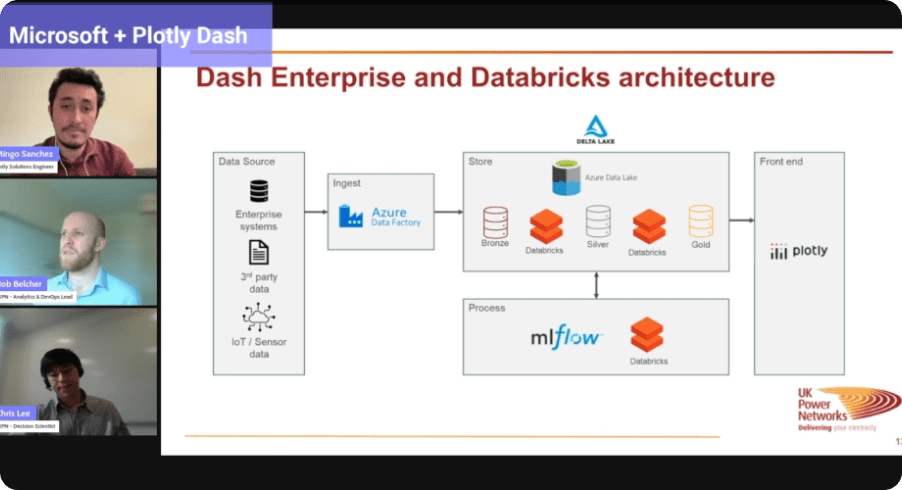
Introduction
UK Power Networks is a distribution network operator who operates the electricity network across London and the South East and East of England. The company distributes electricity to more than 8 million homes and businesses, supplying more than 27% of Great Britain.
In 2023, UK Power Networks launched the first independent Distribution System Operator (DSO) to provide, at lowest cost, enough electricity capacity across the regions it services and to facilitate the transition to Net Zero.
The company employs a team of Decision Scientists who blend traditional strategic thinking with analytics to solve internal challenges across multiple departments, including Customer Service, HR, Operations, and Procurement. The team hires data specialists to generate insights, implement automation, and develop data applications.
Challenge
UK Power Networks aims to deliver outstanding service and value to its customers. This goal requires a reliable network that operates safely — enabling customers to confidently connect their electric vehicles (EVs), heat pumps, solar panels, and other low-carbon technologies.
One of the company's key priorities is to enable the transition to Net Zero, a strategy targeting decarbonization in all sectors of the UK economy by 2050. Given the increase in electricity consumption in the journey for Net Zero, UK Power Networks must ensure there is capacity to supply these low-carbon technologies.
One of the key challenges to enable this transition is understanding where pinch points exist in the network area. Thanks to previous work by UK Power Networks, a good level of visibility already exists across urban and super-urban areas. However, a key national challenge is the level of visibility of rural networks.
UK Power Networks’ strategy is to upgrade the network to the right level in the right places at the right time.
Solution
Different segments of the network will always have varied consumption needs and behaviors.
The Decision Sciences team, in an effort to collect a more geographically diverse dataset, ran the UK’s first anonymous disaggregated smart meter data trial. They combined this data, comprising roughly 120,000 smart meters, with the pre-existing LV monitoring data to build a much more comprehensive set of data points that better represented their diverse customer base.
The team then ran machine learning models on this dataset. Given the massive size of the data — fed by smart meters collecting readings every minute — the team leveraged Databricks and used a SQL connector and Dash Enterprise to output the data to a team of electrical engineers, along with finance colleagues, in the form of a low-voltage network capital planning application.
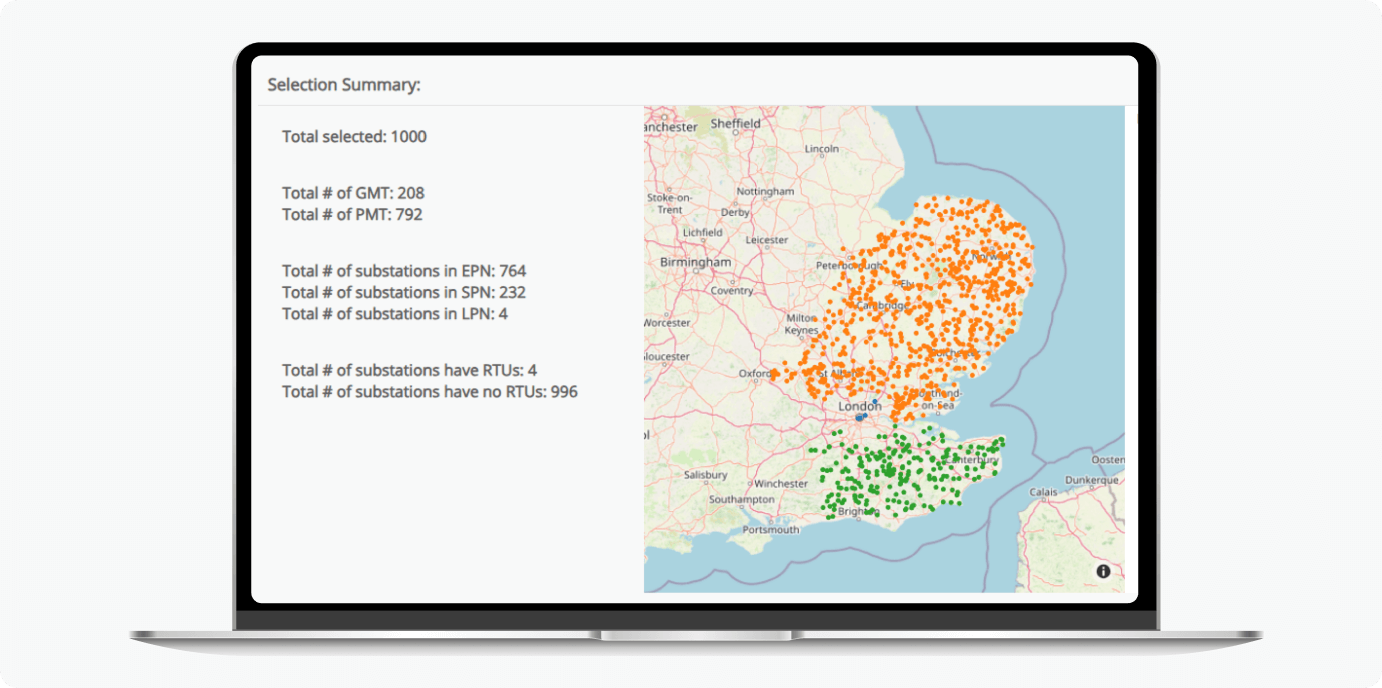
A high-level view of the network of substations, to help evaluate potential network upgrades.
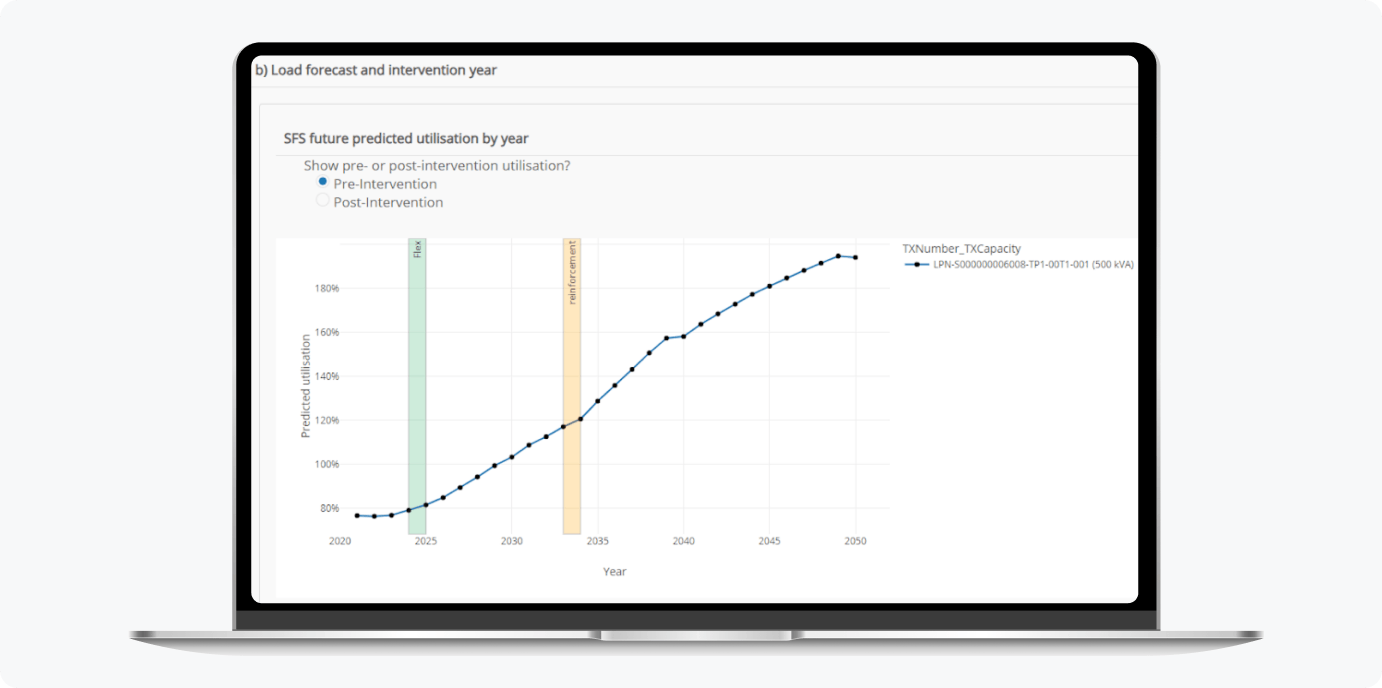
Low-voltage network capital planning application fed by massive datasets from smart meter readings.
The application gives engineers at UK Power Networks a high-level view of their network of substations across the East of England, London, and the South East of England. Planners can then filter based on criteria to evaluate the health of each substation. The team then identifies substations requiring upgrades or network flexibility, facilitating the workflow for the capital delivery team responsible for network upgrades.
The data application is also used to project future scenarios. For instance, it forecasts utilization growth and identifies opportunities for managing electricity consumption patterns through “flexibility procurement”.
Results
In addition to helping the company monitor the health and safety of its network, the application developed by the UK Power Networks Decision Sciences team helped enable the capacity planning and capital delivery teams achieve the following results:
- The DSO is targeting saving customers more than £400m in network investment over the next five years by using data and flexibility procurement to manage peaks in electricity supply and demand
- The application redoubled UK Power Networks' commitment to cost value for customers by setting up a future path for affordable electricity to power low-carbon technologies
About UK Power Networks
Covering South East England, the East of England, and London, UK Power Networks operates as a distribution network operator for electricity. It actively manages three licensed distribution networks — Eastern Power Networks, South Eastern Power Networks, and London Power Networks — collectively spanning an area of 30,000 square kilometers and serving approximately eight million homes and businesses and 20 million customers.


